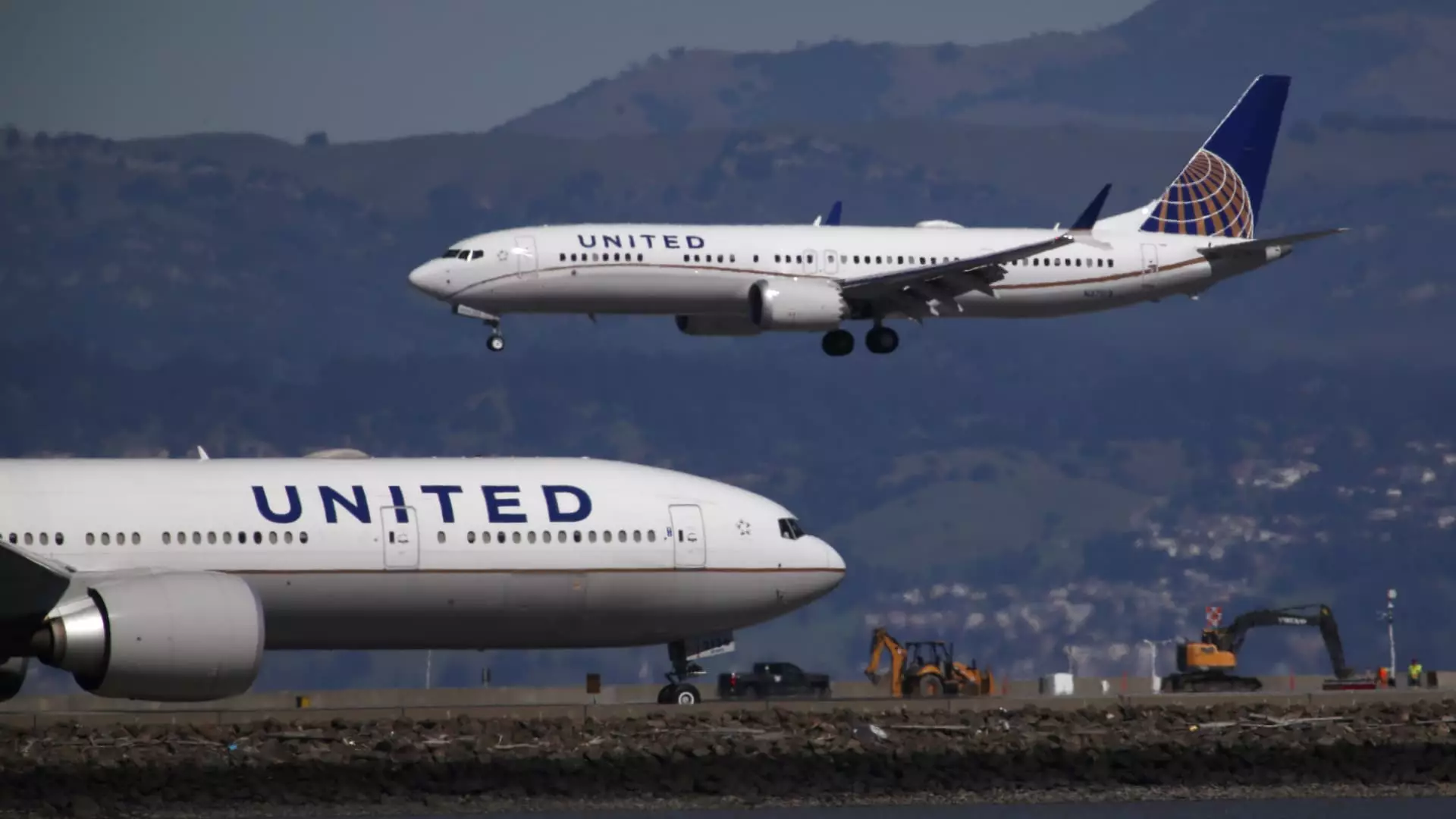United Airlines recently announced a revised aircraft-delivery expectation for the year, signaling a significant shift from its original projections. The airline has reduced its anticipated number of new narrow-body planes to just 61, down from the initial estimation of 101. This adjustment comes as United grapples with delays from Boeing, the aircraft manufacturer facing a safety crisis.
Challenges Faced by United Airlines
CEO Scott Kirby acknowledged the challenges posed by Boeing’s production delays, stating that the revised fleet plan was a response to the manufacturer’s constraints. This decision has forced United to reassess its growth strategy and make necessary adjustments to capitalize on available opportunities. The airline plans to utilize the incoming planes to enhance its mid-continent hubs and expand its profitable international network from coastal hubs.
In a strategic move, United revealed its intention to lease 35 Airbus A321neos in 2026 and 2027, opting for Boeing’s rival amid production limitations and heightened federal scrutiny. The airline’s decision to exclude Boeing’s Max 10 from its fleet plan earlier this year underscores the shifting dynamics in the aviation industry. United has converted some Max 10 orders to Max 9s, signaling a shift in preference towards alternative aircraft models.
United’s revised fleet plan comes amidst a Federal Aviation Administration safety review, which has impacted the carrier’s planned service expansions. The temporary grounding of Boeing’s 737 Max 9 earlier in the year resulted in a $200 million hit for United, affecting the airline’s financial performance. Despite these challenges, United remains committed to its projected annual capital expenditure and anticipates a robust financial performance in the upcoming quarters.
Despite the setbacks, United reported a net loss of $124 million in the first quarter, compared to a loss of $194 million in the same period a year earlier. The airline’s revenue saw a notable increase of nearly 10%, reaching $12.54 billion in the first quarter. United exceeded Wall Street’s expectations for loss per share and revenue, demonstrating resilience amidst industry challenges. The airline anticipates earnings between $3.75 and $4.25 in the second quarter, surpassing analyst estimates and reaffirming its full-year earnings forecast of $9 to $11 per share.
United Airlines’ decision to revise its aircraft-delivery expectations reflects the evolving landscape of the aviation industry. The airline’s strategic adjustments in response to Boeing’s production delays highlight the importance of adaptability and foresight in navigating challenges. Despite financial setbacks and regulatory reviews, United remains optimistic about its future prospects and is poised for growth in the upcoming quarters.

